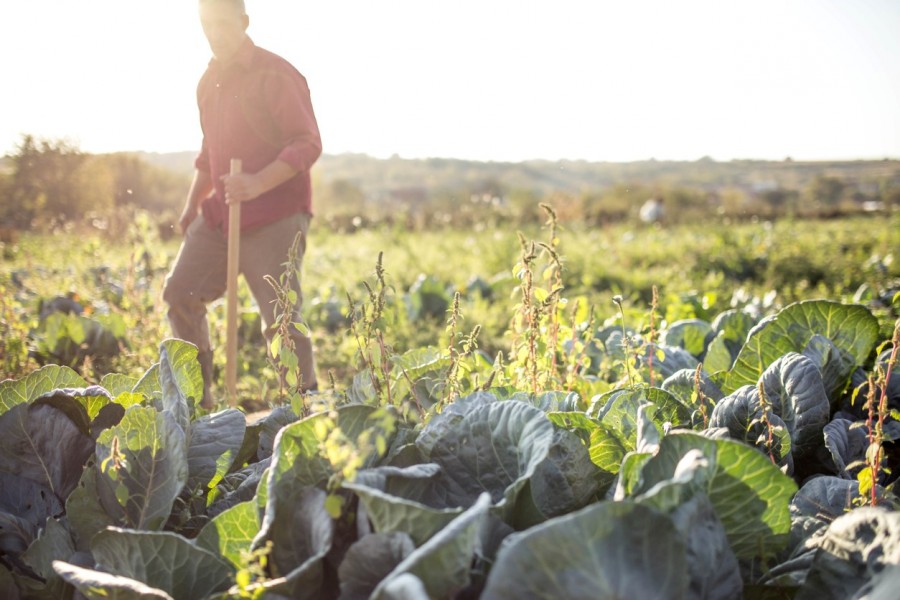10-step guide to designing an efficient irrigation project
Designing an irrigation system from scratch can seem like a rather daunting task. There is so much to consider and so many factors involved. The larger the project, the more complex the design process will be, and the greater the risk should your design prove to be inadequate. Make mistakes at the design phase and you could be making some very costly errors, or end up with a system that simply doesn’t work as you’d envisaged. However, with careful planning and plenty of forethought, you can create a system that will work perfectly and be as cost-effective as possible. Follow our step by step guide to designing an irrigation project and you can rest assured that you’ve considered every factor that could have an impact on your system.

Get Prepared
Step 1 – Survey the land
The first step is to analyse the land you’re going to irrigate and define its contour and topography. Is the land sloped or flat? Does it have a hill in the middle? All this will make a difference to your flow of water. Check where the sun falls. Are there shaded areas? Where does the sun rise and fall? Check how exposed the land is to the wind, and the most frequent wind direction. Does the area have good drainage? Are there any boggy parts? Is it nutrient deficient?
Step 2 – Check and define the soil
Determine what type of soil you have. Is it heavy, light or clay? It’s also a good idea to test your soil for any deficiencies in nutrients as this is something you can begin to rectify once you’ve installed your irrigation system.
Step 3 – Define the water source
Where is the source of the water you’ll be utilising? Is it a river, a lake, or an underground source? Is that water source available all year round? For example, if you’re using water from a lake that dries up in mid-summer then this is going to be an issue. You should also test your water source to determine its quality, checking for levels of iron and saline and seeing if there is algae present.

Make Decisions
Step 4 – Choose cultivation methods
Next you need to decide on your cultivation type. Will you have rows of crops, an orchard or perhaps you’ll change method with the seasons? How much space/distance will you have between individual plants, and between the rows? Will you be growing plants in a particular pattern or will you have a free form?
Step 5 – Choose an irrigation system type
Now is the time to determine which type of irrigation system will be the best fit for your circumstances. Consider the pros and cons of flood systems, drip irrigation and mini sprinklers, and decide which is best suited to your project.
Step 6 – Creating a proper design
When it comes to designing the system, this is where mistakes can occur. It’s always a good idea to hire the skills of a certified designer to ensure this part of the project is completed successfully.
Step 7 – Sourcing the best products for the task
Another costly mistake can be choosing products that are not fit for the purpose. So, make sure you buy good quality products that you know will do the job and serve you well for a long time. You’ll need hoses, filters, fittings, control systems, and emitting devices, and they’ll all need to work perfectly together.
Step 8 – Installation
As with the design stage, proper installation is a job best handed over to a certified installer to ensure that the system works perfectly and is as efficient as possible.
Operation
Step 9 – Watering and fertigation management
Once you’re up and running, you’ll need to keep a close eye on your system and establish a routine of ensuring the watering and fertigation all runs smoothly. These days there are a variety of control systems that can help to automate the running of your irrigation system, so you have less work to do, but it makes sense to have a routine to check and manage your system.
Maintenance
Step 10 – Follow certified guidance
Your system will serve you well and last longer if you maintain it properly, so make notes of any maintenance guidance given to you by your installer and read all the documentation from the manufacturers of your irrigation products. A well-maintained system is the key to smooth operations.
How we can help
Elysee can help you with your next irrigation project in several ways. Our expert team are available to assist you with the design process. Get in touch with our technical office team and you can avail yourself of their expertise in auto-cad design for your project and use the resulting material bill of quantities in order to fully meet your needs while saving water and keeping your costs at a minimum. To find out more, do get in touch today.





